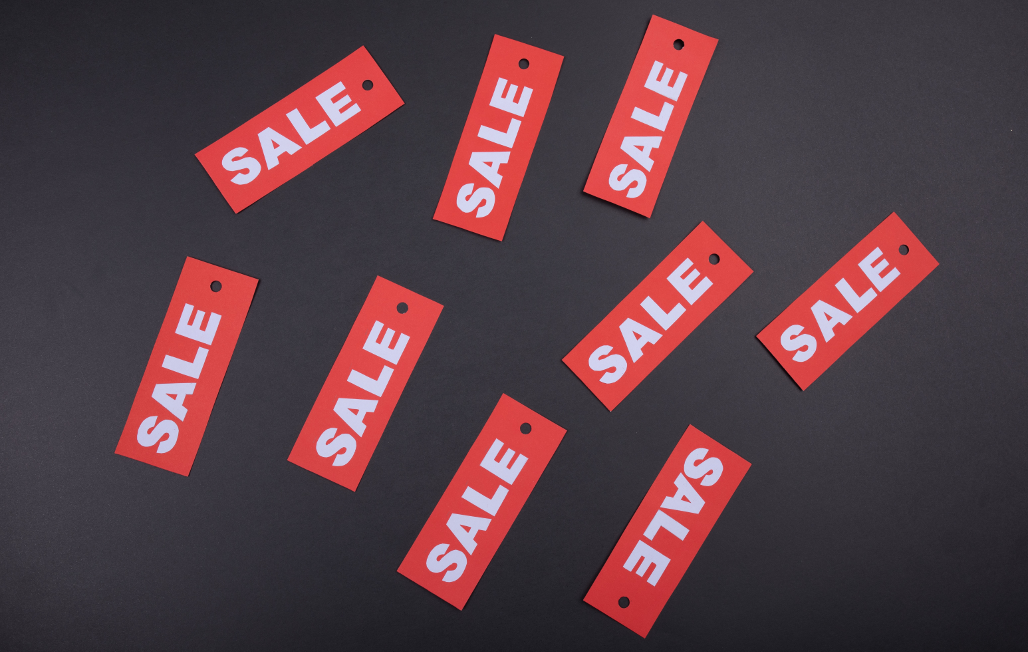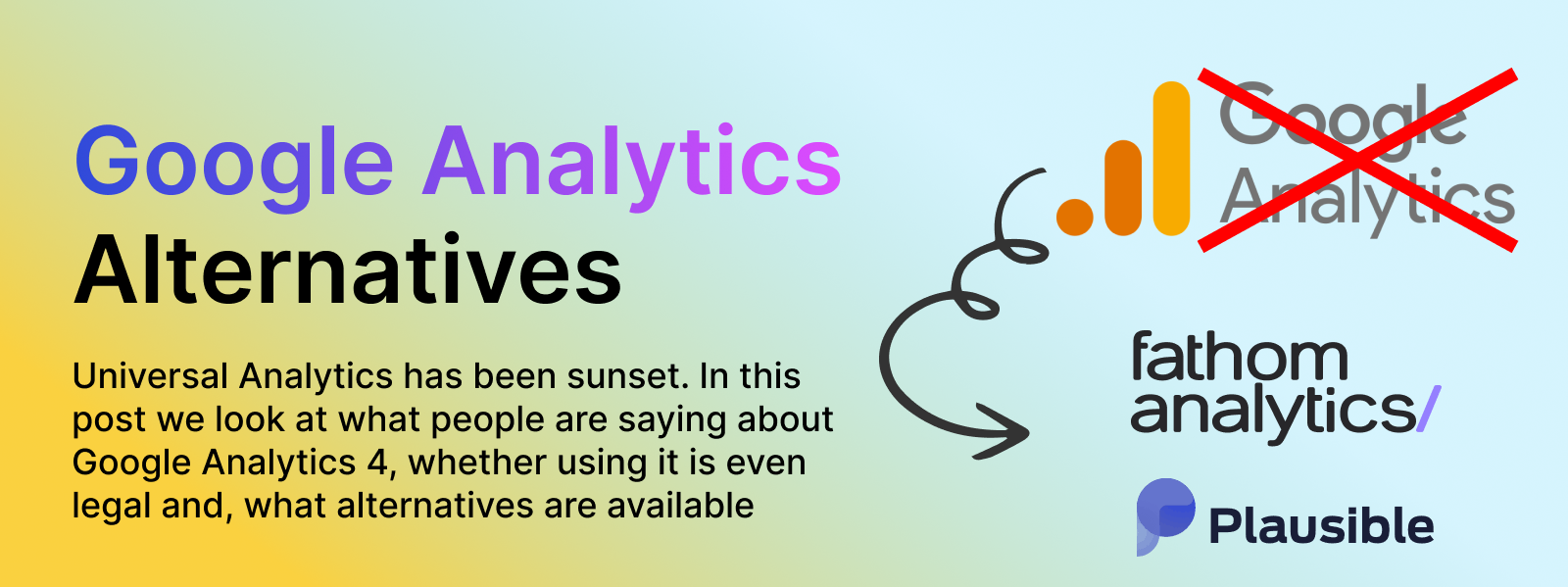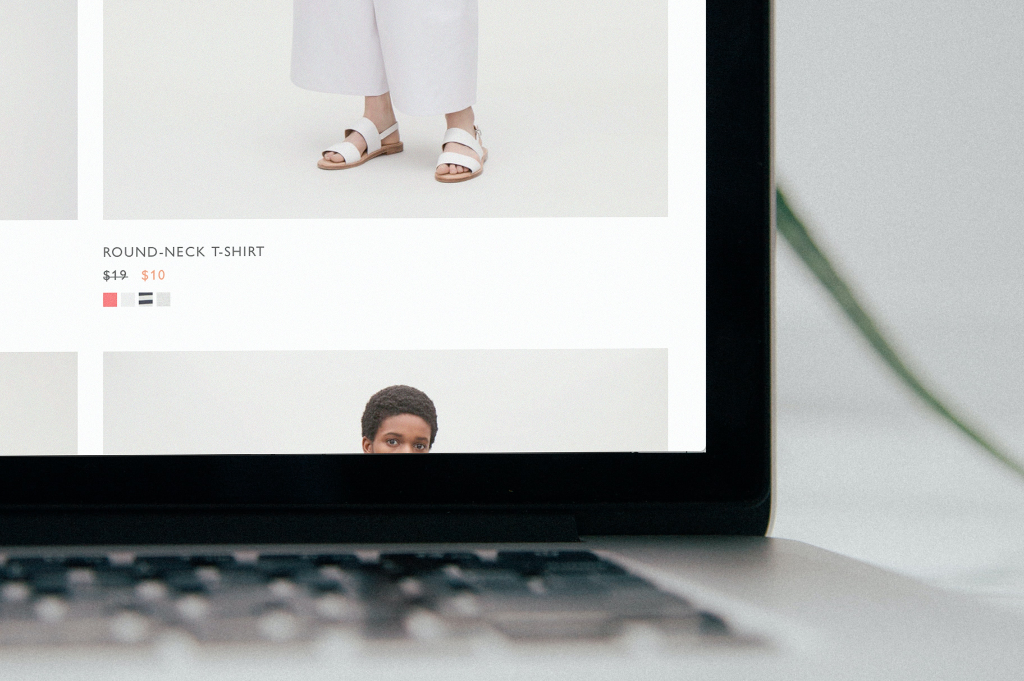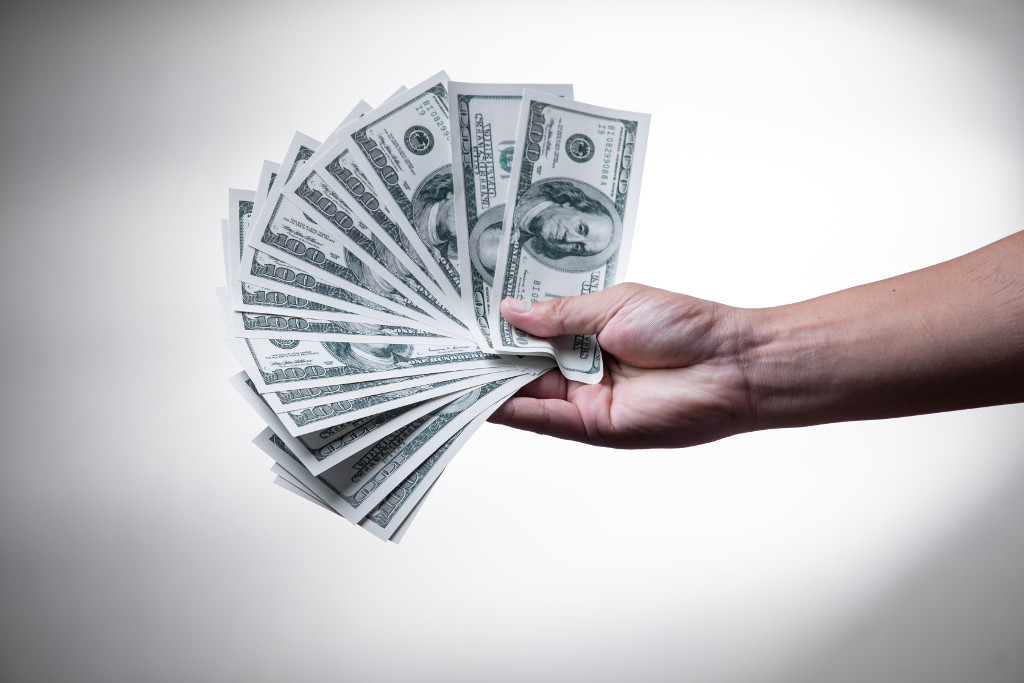During sales seasons, it is common to offer product discounts. We're using the second of our tips and tricks blog posts to look at 3 concrete methods you can use to maximise the impact of any discounts on your store.
As with all CRO (conversion rate optimisation) focused changes, it's important to A/B test them to make sure you're getting the results you expect.
Tip 1: The Rule of 100
Should you show discounts in percentages (%) or absolute values ($)?
The answer depends on the price of your product!
- Over 100? Use absolute values ($50)
- Under 100? Use percentage values (25%)
An amount off discount frame results in higher perceptions of value and purchase intentions for higher-priced products (priced over $100). (González, Esteva, Roggeveen, & Grewal, 2016)
Tip 2: Put Sale Prices Below Original Prices
Did you know that customers view discounts as larger when they can easily calculate the difference? Placing the prices vertically, one above the other, makes these calculations easier for your customers to do.
Vertical numbers are easier to subtract because of the digit-by-digit comparison. And easy calculations enlarge the gap between numbers (Thomas & Morwitz, 2009).
Bonus Tip: Horizontal formats work better for small discounts because they impede the calculation.
Tip 3: Use Round Numbers for Discounts
Specific prices, such as $34.57, seem smaller to customers, which is great for a standard price. But we can also use the inverse logic to make our discounts seem larger!
Using round numbers for a discount (such as 30%) will make the discount appear larger to customers.
Recall that specific prices (e.g., $21.87) seem smaller (Thomas, Simon, & Kadiyali, 2007).
Follow the opposite approach for discounts. Since you want to enlarge discounts, choose round numerals. Plus, it will be easier to calculate — which will make your discount seem larger (Thomas & Morwitz, 2009).
Bonus Tip: Use this with tip 2 to make the gap between numbers seem even larger.




